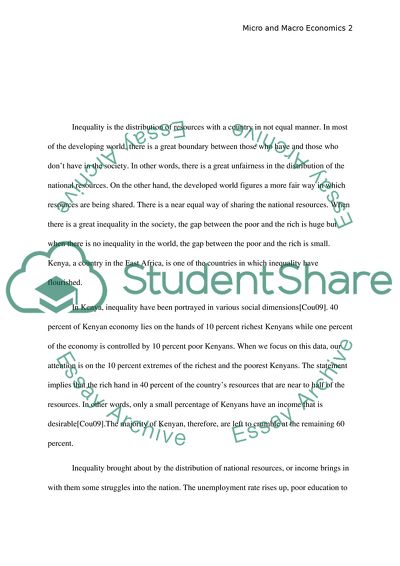Cite this document
(Strengths and weakness of Human Development Index and Happy Planet Essay, n.d.)
Strengths and weakness of Human Development Index and Happy Planet Essay. https://studentshare.org/macro-microeconomics/1836692-strengths-and-weakness-of-human-development-index-and-happy-planet-index-in-country-x-or-inequality-impact-and-current-policies-in-country-x
Strengths and weakness of Human Development Index and Happy Planet Essay. https://studentshare.org/macro-microeconomics/1836692-strengths-and-weakness-of-human-development-index-and-happy-planet-index-in-country-x-or-inequality-impact-and-current-policies-in-country-x
(Strengths and Weakness of Human Development Index and Happy Planet Essay)
Strengths and Weakness of Human Development Index and Happy Planet Essay. https://studentshare.org/macro-microeconomics/1836692-strengths-and-weakness-of-human-development-index-and-happy-planet-index-in-country-x-or-inequality-impact-and-current-policies-in-country-x.
Strengths and Weakness of Human Development Index and Happy Planet Essay. https://studentshare.org/macro-microeconomics/1836692-strengths-and-weakness-of-human-development-index-and-happy-planet-index-in-country-x-or-inequality-impact-and-current-policies-in-country-x.
“Strengths and Weakness of Human Development Index and Happy Planet Essay”. https://studentshare.org/macro-microeconomics/1836692-strengths-and-weakness-of-human-development-index-and-happy-planet-index-in-country-x-or-inequality-impact-and-current-policies-in-country-x.


